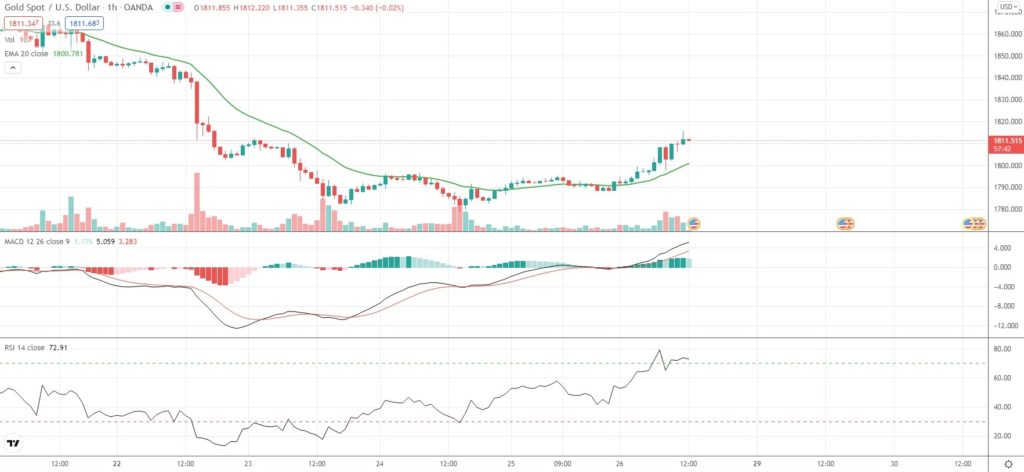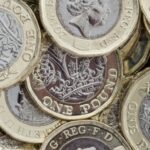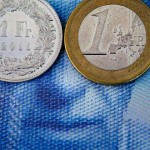Spot Gold surged on Friday as concerns about an impact on global economic recovery because of the spread of a new variant of the coronavirus identified in South Africa, triggered a flight to safety.
“Markets fear this new variant could weigh more strongly on the economy than the Delta variant discovered a year ago and this has spurred some safe-haven demand for gold,” Quantitative Commodity Research analyst Peter Fertig was quoted as saying by Reuters.
Additionally supporting Gold, the US Dollar eased from a 16-month high, scaled on Wednesday.
Still, the yellow metal looked set to register its largest weekly loss since early August due to heightened expectations that the Federal Reserve could scale back its asset-purchasing program and raise borrowing costs at a faster pace.
According to Michael Langford, director at corporate advisory AirGuide, the precious metal may continue to depreciate on higher chances of the Federal Reserve maintaining its tapering timeline.
“The Fed is unlikely to alter its taper timeline as monetary policies are closely intertwined with the government’s public sentiment that any change would be negative for their election prospects, limiting gold’s decline.”
As of 11:56 GMT on Friday Spot Gold was gaining 1.33% to trade at $1,812.37 per troy ounce, while moving within a daily range of $1,788.54-$1,815.57 per troy ounce.
The commodity looked set to register its second consecutive week of losses, while being down 1.82%. The precious metal has risen 1.65% so far in November, following another 1.50% surge in October.
Meanwhile, Gold futures for delivery in December were gaining 1.36% on the day to trade at $1,808.50 per troy ounce, while Silver futures for delivery in December were up 0.53% to trade at $23.620 per troy ounce.
The US Dollar Index, which reflects the relative strength of the greenback against a basket of six other major currencies, was edging down 0.38% to 96.421 on Friday. Earlier this week the DXY went up as high as 96.938, which has been its strongest level since July 10th 2020 (96.974).
Near-term investor interest rate expectations were without change. According to CME’s FedWatch Tool, as of November 26th, investors saw a 100.0% chance of the Federal Reserve keeping borrowing costs at the current 0%-0.25% level at its policy meeting on December 14th-15th, or unchanged compared to November 24th.
Daily Pivot Levels (traditional method of calculation)
Central Pivot – $1,789.94
R1 – $1,793.75
R2 – $1,798.96
R3 – $1,802.78
R4 – $1,806.59
S1 – $1,784.72
S2 – $1,780.91
S3 – $1,775.70
S4 – $1,770.49






